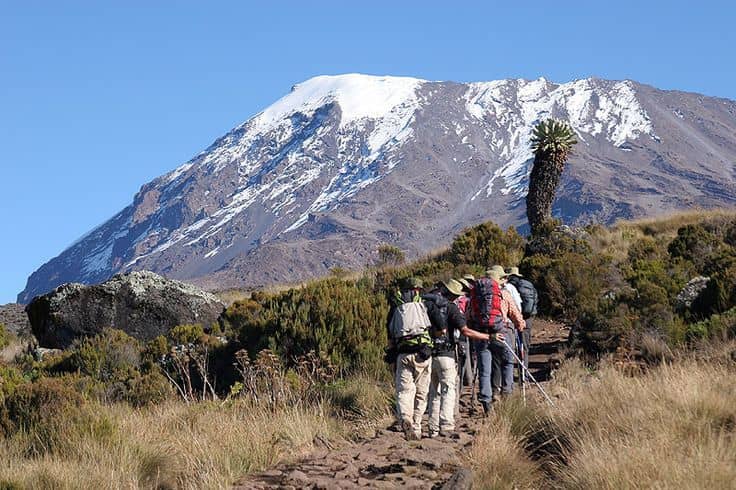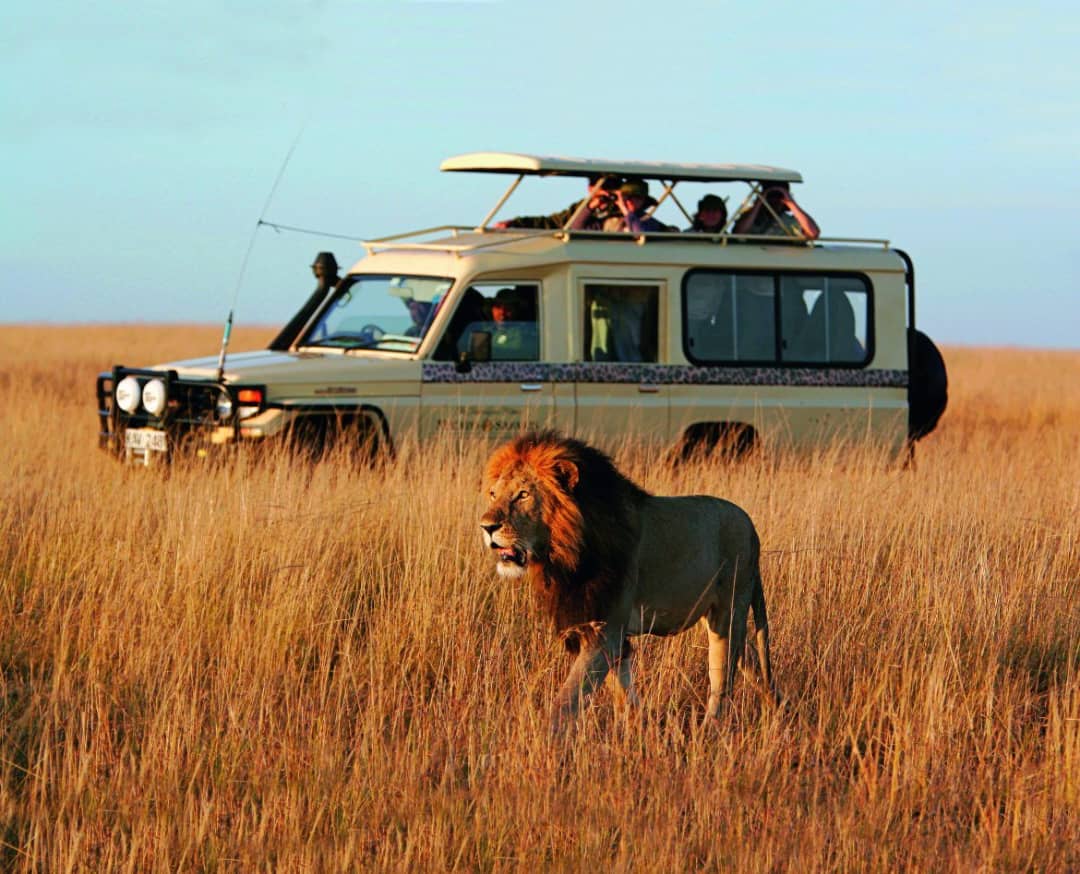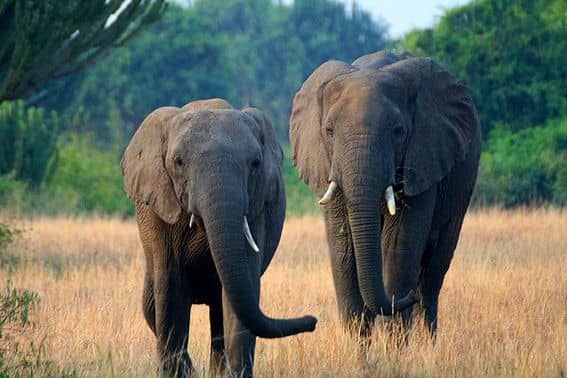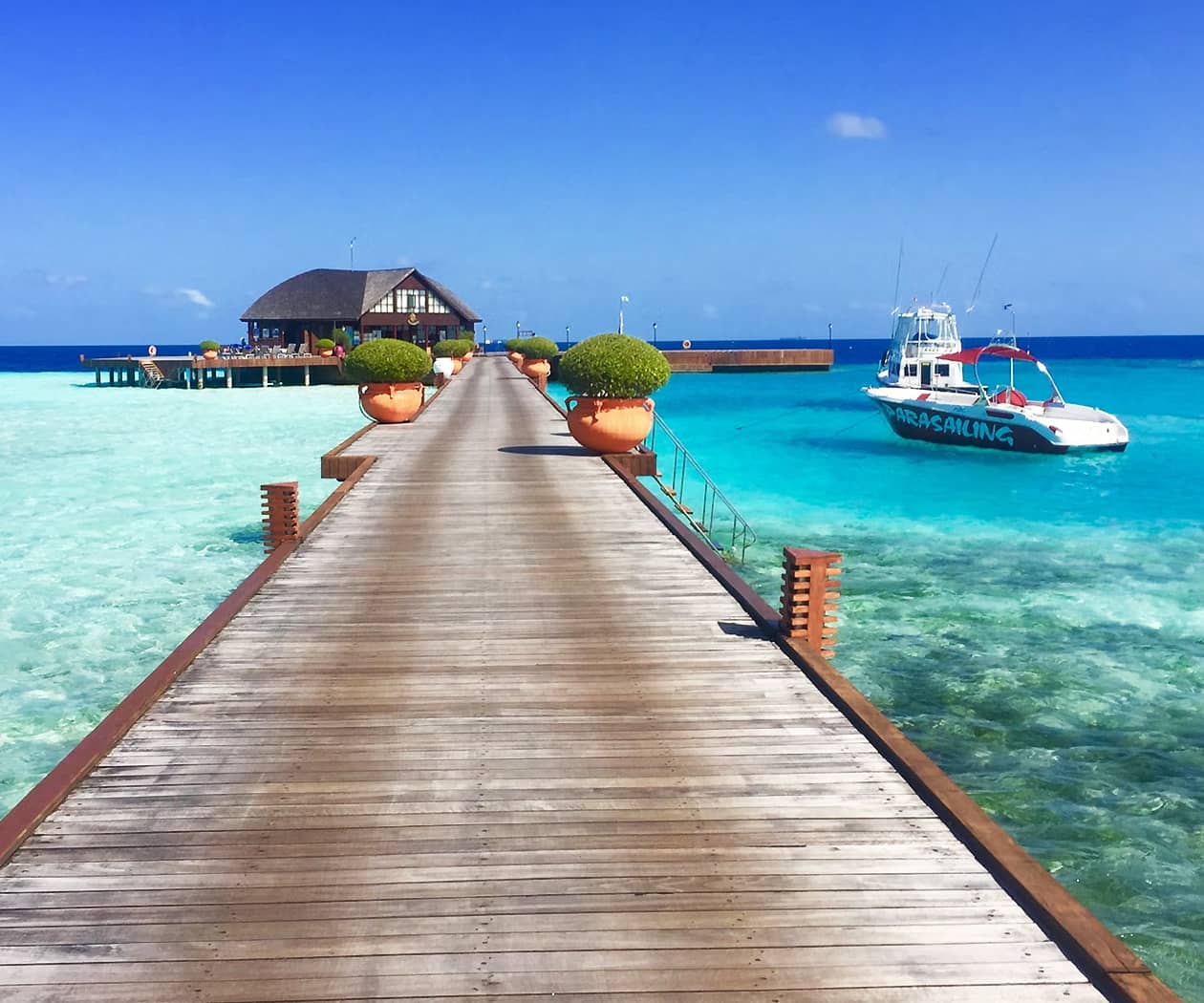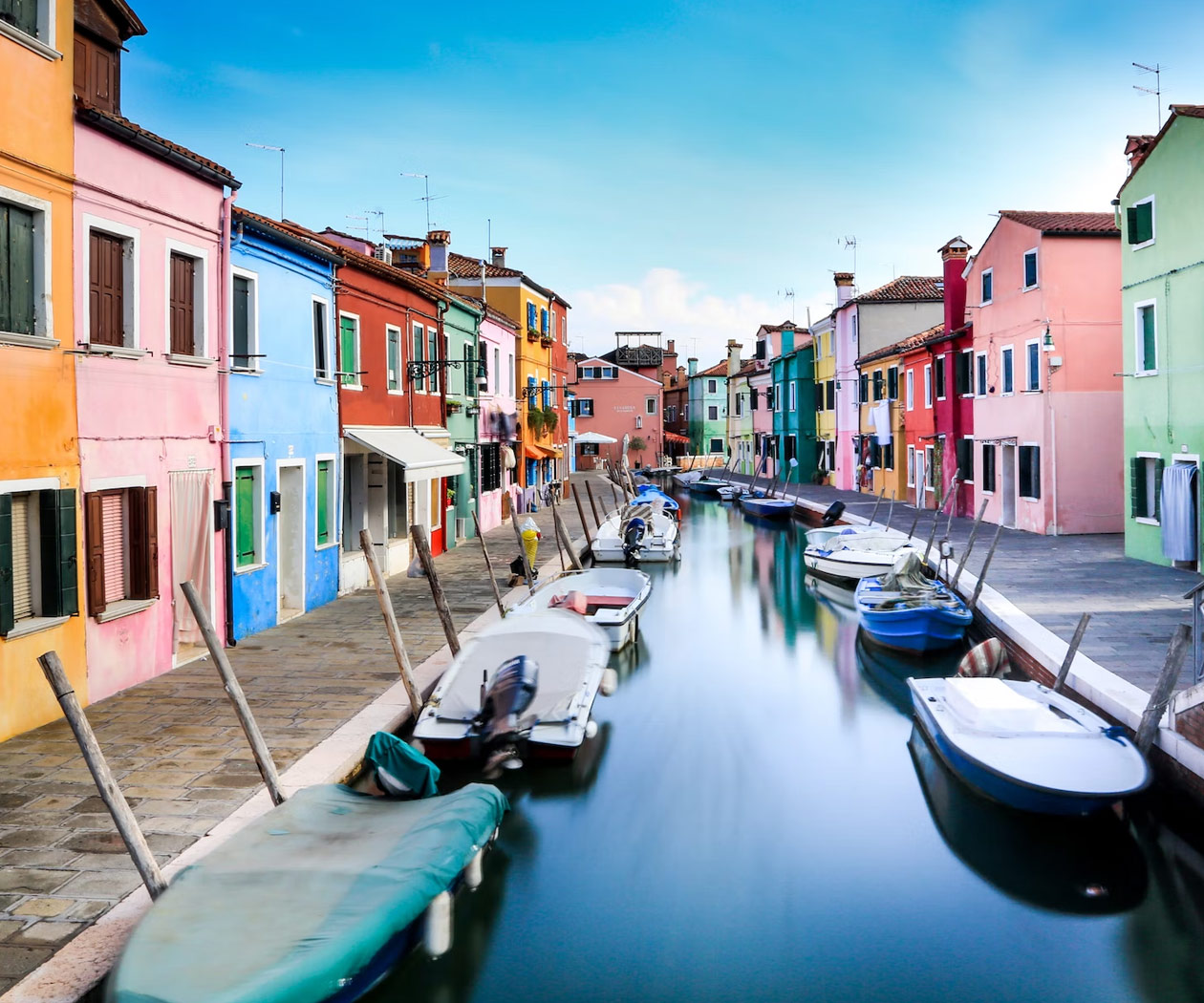Top 10 Birds to Spot on a Uganda Birding Safari

Welcome to the Pearl of Africa, a land where the symphony of bird calls is the soundtrack to an unparalleled wildlife adventure. With over 1,080 species recorded, Uganda is a birder’s paradise, offering a dazzling array of feathered wonders from the prehistoric-looking Shoebill to the jewel-like sunbirds. But with such an incredible variety, where does one even begin?
This guide is here to help you focus your lenses and your hopes. We’ve curated the ultimate list of the Top 10 Birds to Spot on a Uganda Birding Safari. These are the celebrities of the avian world, the must-see species that make a trip to Uganda truly unforgettable. Whether you’re a seasoned twitcher or a nature-loving traveler, this checklist is your key to unlocking one of the world’s most rewarding birding experiences.
1. The Prehistoric Majesty: Shoebill Stork
-
Why it’s a must-see: It’s like seeing a dinosaur walk the Earth. This massive, enigmatic bird is one of the most sought-after species on the continent. Its towering stature, intense gaze, and gigantic shoe-shaped bill make for an utterly awe-inspiring encounter.
-
Where to find it: Mabamba Bay Wetland (on Lake Victoria), Ziwa Rhino Sanctuary, and the Ishasha sector of Queen Elizabeth National Park. Best spotted on a tranquil canoe trip through the papyrus swamps.
-
Fun Fact: The Shoebill is known for its remarkable patience, often standing completely still for hours while hunting for lungfish.
2. The National Treasure: Grey Crowned Crane
-
Why it’s a must-see: As Uganda’s national bird, it’s a symbol of elegance and beauty. With its majestic golden crown of feathers, sleek grey body, and graceful dance rituals, it’s a photogenic favorite that is often seen in grasslands and near wetlands.
-
Where to find it: Almost any national park! Commonly seen in Queen Elizabeth NP, Lake Mburo NP, and even in fields alongside the road.
-
Fun Fact: Their elaborate dancing, which includes bowing, jumping, and running, is not just for courtship but also a general form of social communication.
3. The Forest Phantom: Great Blue Turaco
-
Why it’s a must-see: This is the bird that defies expectations. Despite its name, it sports vibrant blue, green, and yellow plumage with a bold crimson bill. It’s a large, spectacular bird that you’ll often hear before you see, thanks to its loud, guttural calls echoing through the forest.
-
Where to find it: Forested areas including Kibale National Park, Budongo Forest (Murchison Falls), and along the Nile in Jinja.
-
Fun Fact: Despite their size, turacos are incredibly agile, clambering through the treetops and flying clumsily but effectively from tree to tree.
4. The Rift Valley Gem: African Green Broadbill
-
Why it’s a must-see: This bird is the holy grail for many serious birders. A rare and localized Albertine Rift endemic, the male is a stunning vision of brilliant green with a broad bill and a black streak behind its eye. Spotting one is a true badge of honor.
-
Where to find it: Exclusively in the montane forests of the Albertine Rift, specifically Bwindi Impenetrable National Park and Mgahinga Gorilla National Park.
-
Fun Fact: It was thought to be extinct from 1947 until it was rediscovered in the Bwindi forest in 1991.
5. The Dazzling Aerialist: Pied Kingfisher
-
Why it’s a must-see: While there are many kingfisher species in Uganda, the Pied Kingfisher is the most ubiquitous and entertaining. Its black-and-white plumage is striking, and its hunting technique is a marvel of nature—hovering mid-air like a helicopter before diving headfirst into the water to catch its prey.
-
Where to find it: Anywhere there is water! The Kazinga Channel in Queen Elizabeth NP and the Nile in Murchison Falls NP are prime locations.
-
Fun Fact: It is one of the few kingfishers that can hunt without perching, allowing it to fish over large open water bodies.
6. The Vibrant Endemic: Shelley’s Crimsonwing
-
Why it’s a must-see: Another highly sought-after Albertine Rift endemic, this finch is a burst of color. The male is a stunning deep crimson with a black head and tail, making it a dramatic and beautiful find in the gloomy forest understory.
-
Where to find it: The bamboo zones and high-altitude forests of Bwindi Impenetrable National Park and the Rwenzori Mountains.
-
Fun Fact: It is exceptionally secretive and difficult to spot, often only glimpsed as it flits quickly across a path, making any sighting a special event.
7. The Regal Raptor: Martial Eagle
-
Why it’s a must-see: As one of Africa’s largest and most powerful eagles, seeing one perched regally on a acacia tree is a powerful sight. Its spotted breast and immense size command respect, embodying the wild spirit of the African savanna.
-
Where to find it: Open savannas of Queen Elizabeth NP, Murchison Falls NP, and Kidepo Valley NP.
-
Fun Fact: Its incredible eyesight is 3.6 times better than a human’s, allowing it to spot prey from several kilometers away.
8. The Iridescent Jewel: Superb Sunbird
-
Why it’s a must-see: Sunbirds are Africa’s answer to hummingbirds, and the Superb Sunbird is one of the most spectacular. The male’s metallic green and blue plumage, which shifts color in the light, and its long, curved bill make it a dazzling sight as it flits from flower to flower.
-
Where to find it: Commonly found in gardens, forest edges, and montane areas, including the Entebbe Botanical Gardens and Bwindi Impenetrable NP.
-
Fun Fact: They feed primarily on nectar but will also eat insects, especially when feeding their young.
9. The Savanna Sentinel: Secretary Bird
-
Why it’s a must-see: This iconic, long-legged raptor looks like it walked straight out of a Dr. Seuss book. Famous for its method of stomping snakes and other prey to death with its powerful legs, it’s a fascinating and unique bird to observe striding through the grasslands.
-
Where to find it: Open plains of Queen Elizabeth NP (especially the Ishasha sector), Kidepo Valley NP, and Murchison Falls NP.
-
Fun Fact: The name is thought to come from the 19th-century European secretaries, as the bird’s quill-like head feathers resemble pens tucked behind a clerk’s ear.
10. The Mountain Monarch: Rwenzori Turaco
-
Why it’s a must-see: Completing our list of the Top 10 Birds to Spot on a Uganda Birding Safari is another stunning endemic. Found only in the Rwenzori Mountains, this turaco is a magnificent mix of blue, green, and white, with a vivid red crown that contrasts beautifully against the misty mountain foliage.
-
Where to find it: The Rwenzori Mountains National Park, often at higher altitudes.
-
Fun Fact: Like other turacos, it has unique red pigments (turacin) in its wing feathers that are not found in any other bird family.
Ready to Start Your Birding Adventure?
This list of the Top 10 Birds to Spot on a Uganda Birding Safari is just the beginning. Uganda is filled with countless other feathered wonders waiting to be discovered. The real magic lies in the journey, the early morning hikes through misty forests, the serene boat rides, and the expert guidance of local trackers who know these birds and their calls intimately.
Start planning your trip, pack your binoculars, and prepare to be amazed by the avian riches of the Pearl of Africa.
Which of these birds is at the top of your must-see list? Let us know in the comments!

